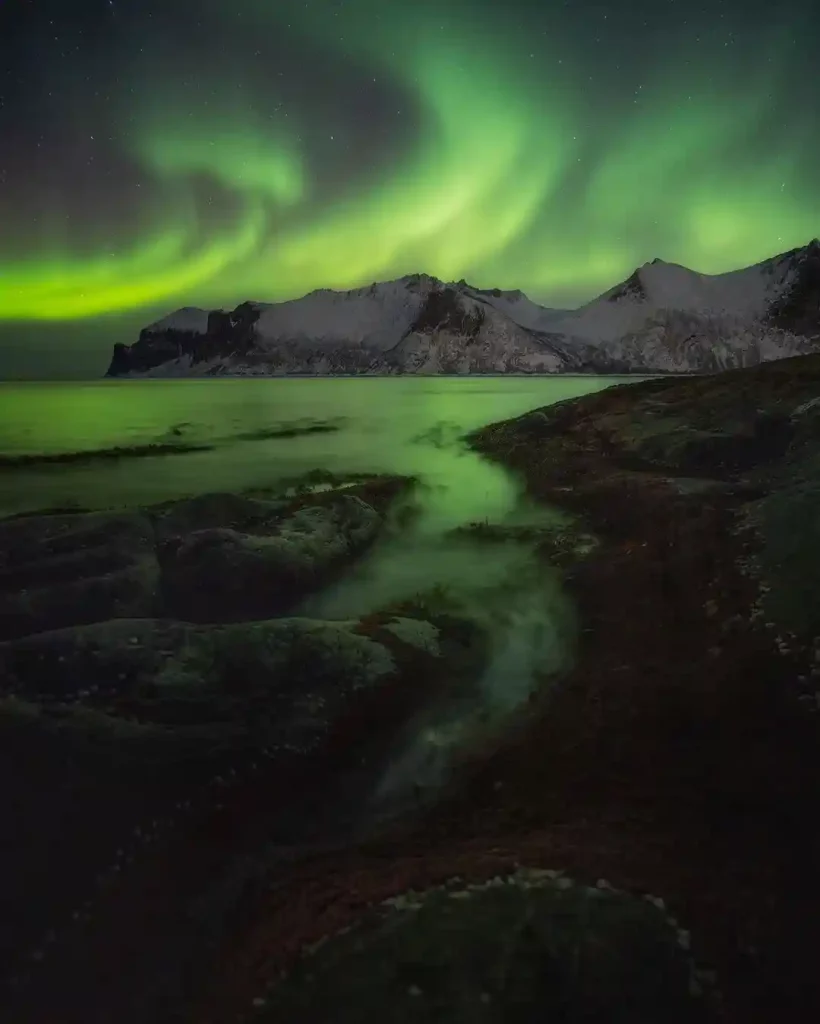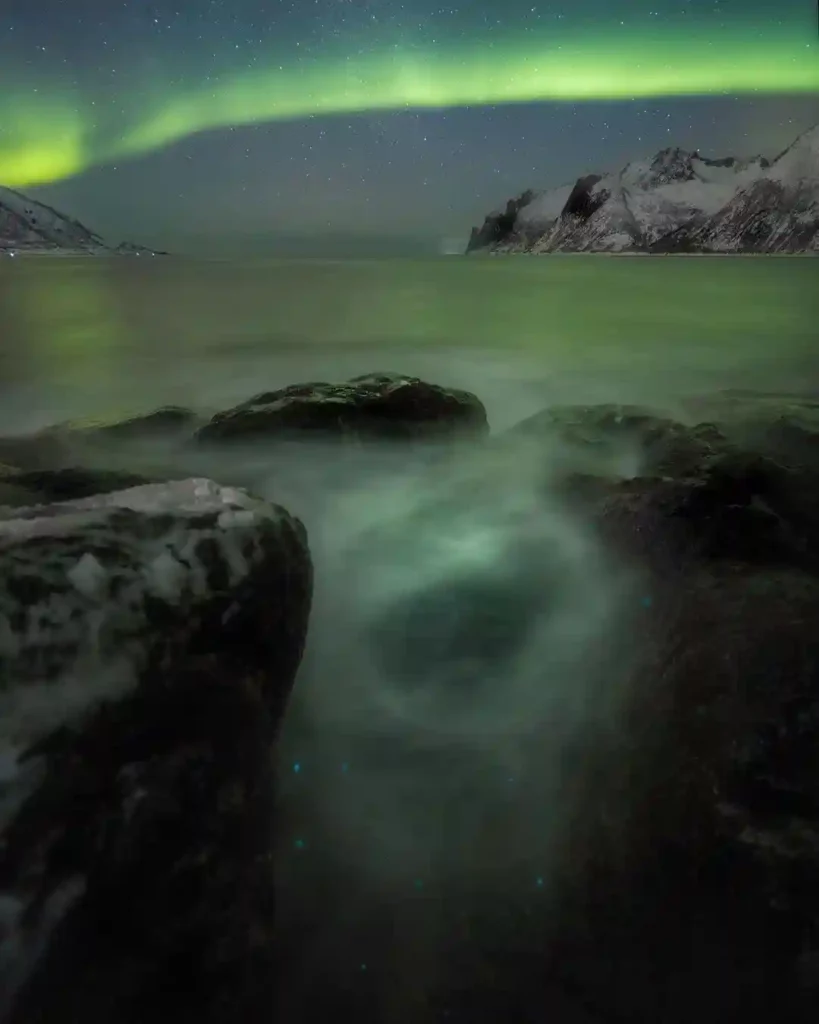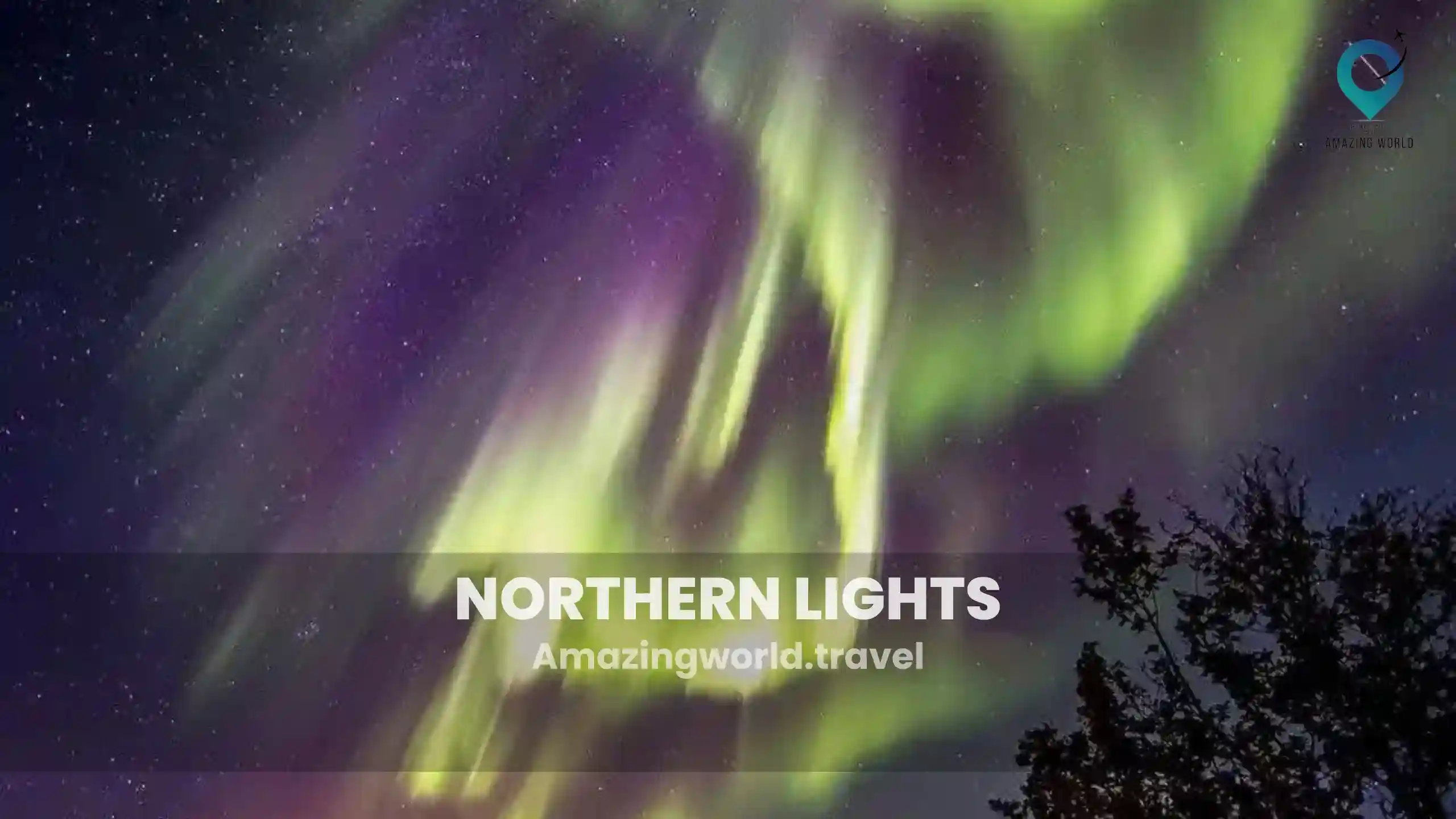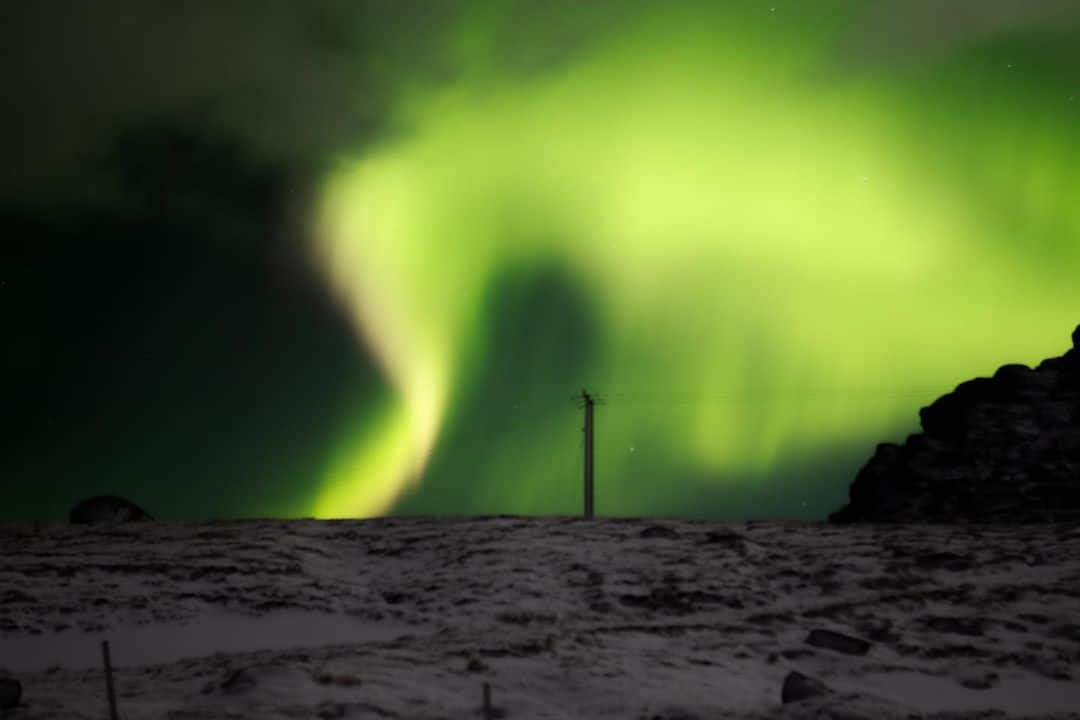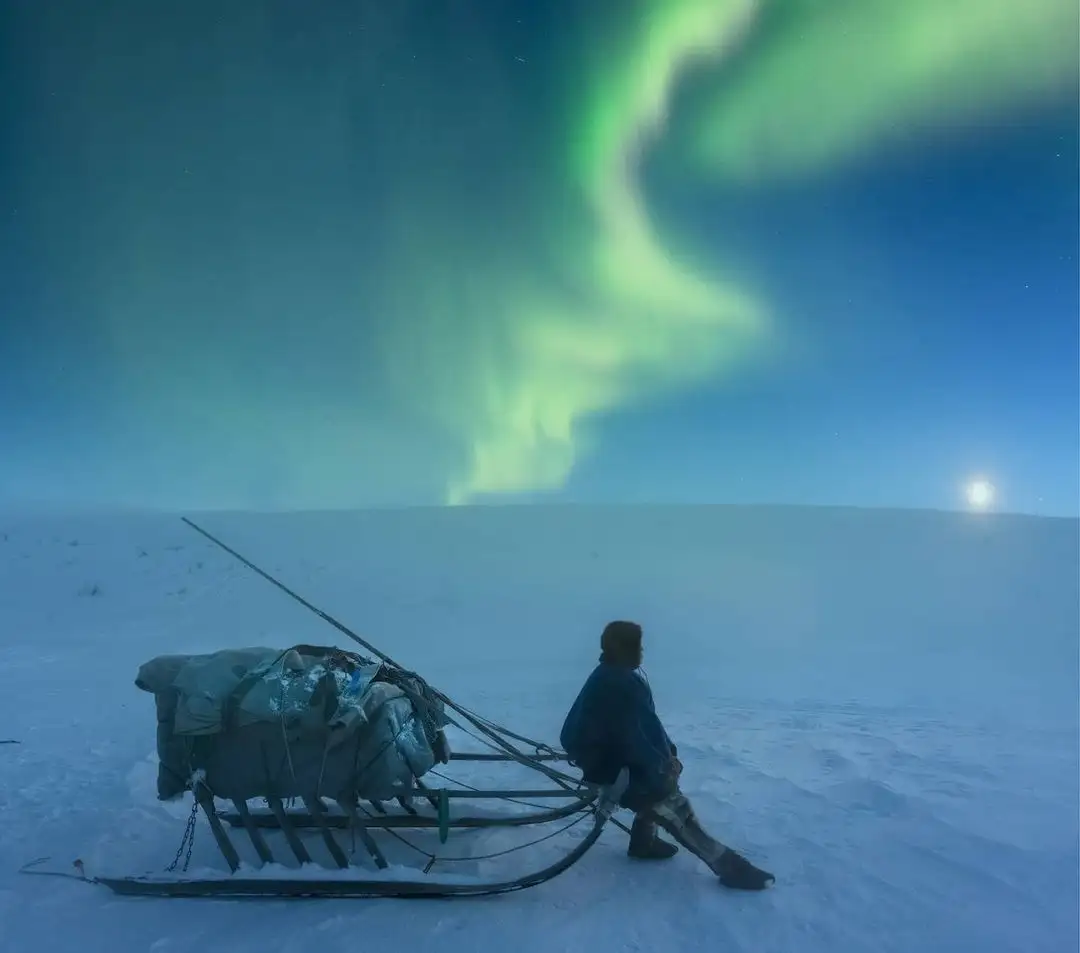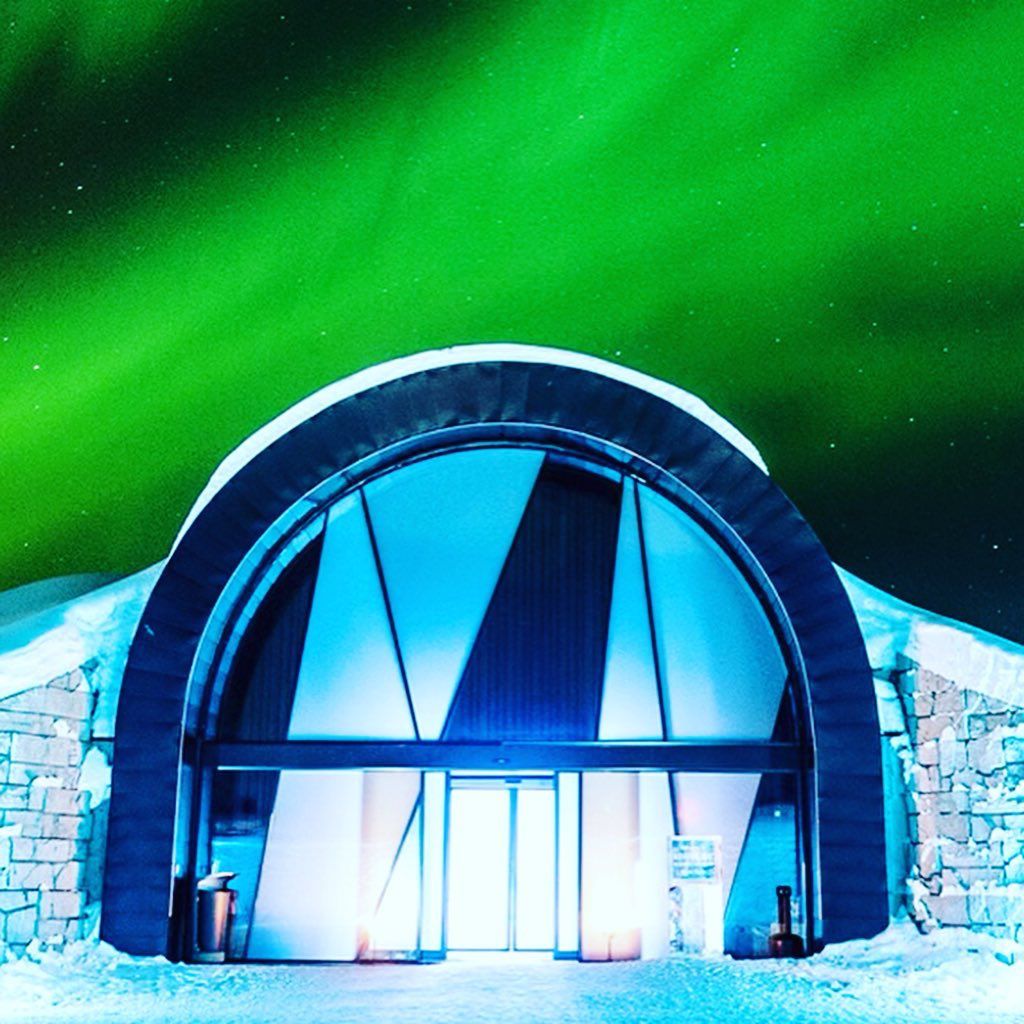Photographing the Northern Lights: Tips and Techniques
Table of Contents
Toggle
Are you an avid photographer seeking to capture the mesmerizing beauty of the Northern Lights? Also known as the Aurora Borealis, this natural phenomenon is a breathtaking display of colorful lights dancing across the night sky. Photographing the Northern Lights can be a challenging yet rewarding experience.
In this article, we will explore valuable tips and techniques that will enhance your chances of capturing stunning images of this awe-inspiring spectacle.
About
The Northern Lights, also known as the Aurora Borealis, are one of nature’s most spectacular phenomena. These ethereal displays of colorful lights dancing across the night sky have captivated photographers for years. If you’re eager to capture the beauty of the Northern Lights through your camera lens, this article will provide valuable tips and techniques to enhance your photography skills.
Understanding the Northern Lights
Before diving into the technical aspects of photographing the Northern Lights, it’s essential to have a basic understanding of this natural phenomenon. The Northern Lights are created when charged particles from the sun collide with atoms in the Earth’s atmosphere, resulting in vibrant light displays. These lights are predominantly visible in high-latitude regions such as the Arctic and sub-Arctic areas.
Preparing for the Shoot
Research the Best Locations: To increase your chances of capturing stunning Northern Lights photographs, it’s crucial to research the best locations. Countries like Iceland, Norway, Sweden, and Finland are renowned for their favorable viewing conditions. Explore areas away from light pollution for optimal results.
Choose the Right Time: The Northern Lights are more visible during periods of high solar activity. Check online resources or download dedicated apps that provide real-time information on solar activity and aurora forecasts. Aim for nights with a high chance of auroral displays.
Check Weather Conditions: Weather conditions play a significant role in your ability to see and photograph the Northern Lights. Clear skies are ideal for capturing crisp and vibrant images. Monitor weather forecasts and be prepared to adjust your plans accordingly.
Gear and Equipment
Investing in the right gear and equipment will greatly impact the quality of your Northern Lights photography. Consider the following:
- Camera: Use a DSLR or mirrorless camera that allows manual control over settings. A camera with good low-light performance will yield better results.
- Wide-angle lens: Opt for a wide-angle lens with a large aperture, such as f/2.8 or wider. This will enable you to capture a wider field of view and gather more light.
- Tripod: A sturdy tripod is essential for long-exposure photography. It will keep your camera steady during extended exposure times.
- Remote shutter release: A remote shutter release or intervalometer will prevent camera shake and ensure sharp images.
Camera Settings
Manual Mode: Shoot in manual mode to have full control over your camera settings. This allows you to adjust parameters according to the lighting conditions and desired effects.
Aperture: Set your aperture to its widest opening (lowest f-stop number) to gather as much light as possible. This helps to capture the faint details of the Northern Lights.
Shutter Speed: Use long shutter speeds to capture the movement and intricacies of the Northern Lights. Start with a shutter speed of around 15 seconds and adjust accordingly based on the intensity of the lights.
ISO Sensitivity: Increase your ISO sensitivity to make your camera more light-sensitive. Begin with an ISO setting of 800 and adjust as needed to achieve the desired exposure without introducing excessive noise.
Composition and Framing
Include Foreground Interest: To add depth and interest to your Northern Lights photographs, include a well-composed foreground element. This could be a tree, a mountain, or any other interesting feature that complements the lights.
Experiment with Different Perspectives: Don’t be afraid to try different angles and compositions to create unique and captivating images. Move around, change your viewpoint, and explore other vantage points to find the most clear shot.
Capturing the Northern Lights
Patience and Persistence: Photographing the Northern Lights requires patience and persistence. Sometimes, the lights may be faint or elusive, and it may take time for them to reach their full intensity. Stay determined and be prepared to wait for the perfect moment.
Avoid Light Pollution: Choose shooting locations away from artificial light sources to minimize light pollution. This will ensure that the Northern Lights remain the primary focus of your images.
Focus and Sharpness: Set your lens to manual focus and adjust it to infinity. Alternatively, use the live view feature on your camera to focus on a bright star or distant light source. Check your focus periodically to ensure sharpness throughout the shoot.
Bracketing and Exposure Compensation: Experiment with exposure bracketing and exposure compensation to capture a range of images with different exposures. This technique helps retain details in the scene’s bright and dark areas.
Post-Processing Tips
RAW Format: Shoot in RAW format to retain maximum image information and flexibility during post-processing. RAW files contain more data and allow for finer adjustments to exposure, color, and noise reduction.
White Balance Adjustment: Adjust the white balance during post-processing to achieve accurate colors. Experiment with different white balance settings to bring out the true hues of the Northern Lights.
Enhancing Colors and Contrast: Use editing software to enhance the colors and contrast of your Northern Lights photographs. Boost the vibrancy and saturation of the lights while maintaining a natural look.
Reducing Noise: Long-exposure shots in low-light conditions can result in noise in the image. Utilize noise reduction techniques in your editing software to minimize graininess and produce cleaner images.
Safety Considerations
While photographing the Northern Lights, it’s important to prioritize your safety:
- Dress warmly and wear appropriate clothing to protect yourself from cold temperatures.
- Inform someone about your shooting location and expected return time.
- Be aware of your surroundings, especially if shooting in remote areas or unfamiliar terrain.
- Carry necessary supplies such as extra batteries, a flashlight, and a first aid kit.
Conclusion
Photographing the Northern Lights can be a rewarding and awe-inspiring experience. By understanding the phenomenon, preparing adequately, using the right gear, and applying the suggested techniques, you can capture stunning images of this natural wonder. Remember to exercise patience, experiment with different settings, and let your creativity guide you in showcasing the beauty of the Northern Lights through your photographs.
How much did you like Our detailed Photographing the Northern Lights: Tips and Techniques? Review Also, please share these Blogs with your friends on social media.
Related Post:-
Photographing the Northern Lights FAQ
Can I photograph the Northern Lights with a smartphone?
While smartphone cameras have improved significantly, capturing high-quality Northern Lights photographs is still best achieved with a DSLR or mirrorless camera.
What is the best time of year to photograph the Northern Lights?
The best time to photograph the Northern Lights is during the winter months when nights are longer and darker. However, it also depends on the location and the activity level of the auroras, which can vary throughout the year.
Do I need a specific lens for photographing the Northern Lights?
A wide-angle lens with a large aperture is recommended for capturing the expansive sky and the Northern Lights. It allows for a wider field of view and better light-gathering capabilities.
How long should my shutter speed be for Northern Lights photography?
Shutter speeds for Northern Lights photography can vary depending on the intensity of the lights. Starting with a shutter speed of around 15 seconds is a good baseline, but you may need to adjust it accordingly to achieve the desired exposure.
Do I need any special post-processing techniques for Northern Lights photos?
While post-processing is subjective and depends on personal preference, adjusting white balance, enhancing colors and contrast, and reducing noise are common techniques used to bring out the best in Northern Lights photographs.

Meet David Hoper, a passionate travel Blog writer with 7+ years of experience in travel content. Through his exemplary storytelling and engaging narratives, he shares his experiences and brings destinations to life. With a keen eye for detail and a love for exploration, he has cultivated a diverse portfolio of travel blogs that inspire and inform readers worldwide.



